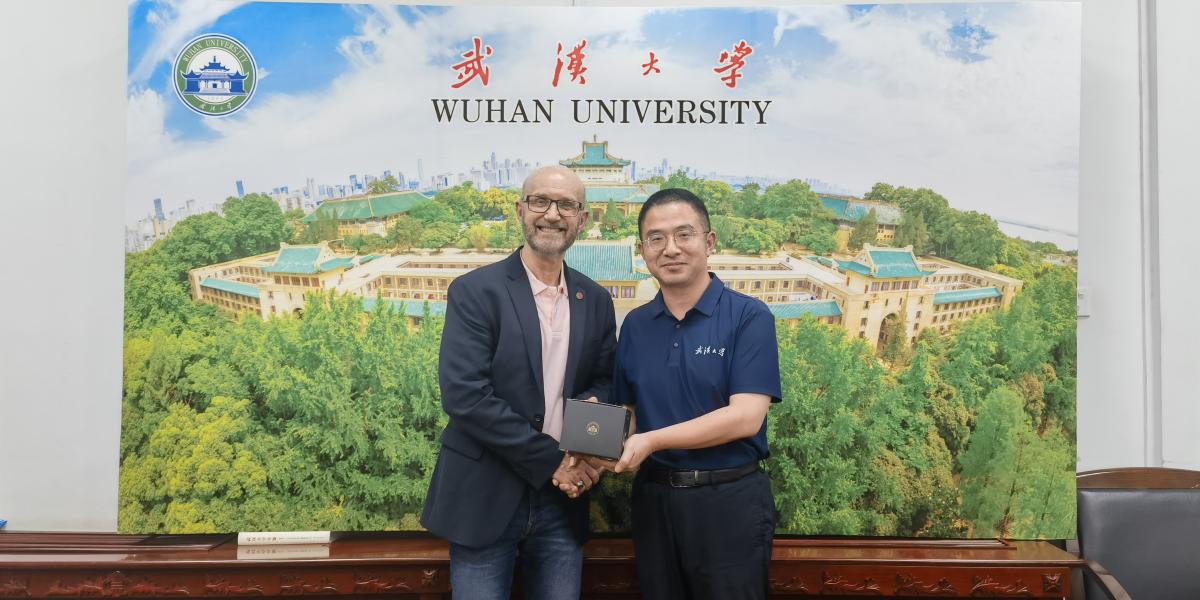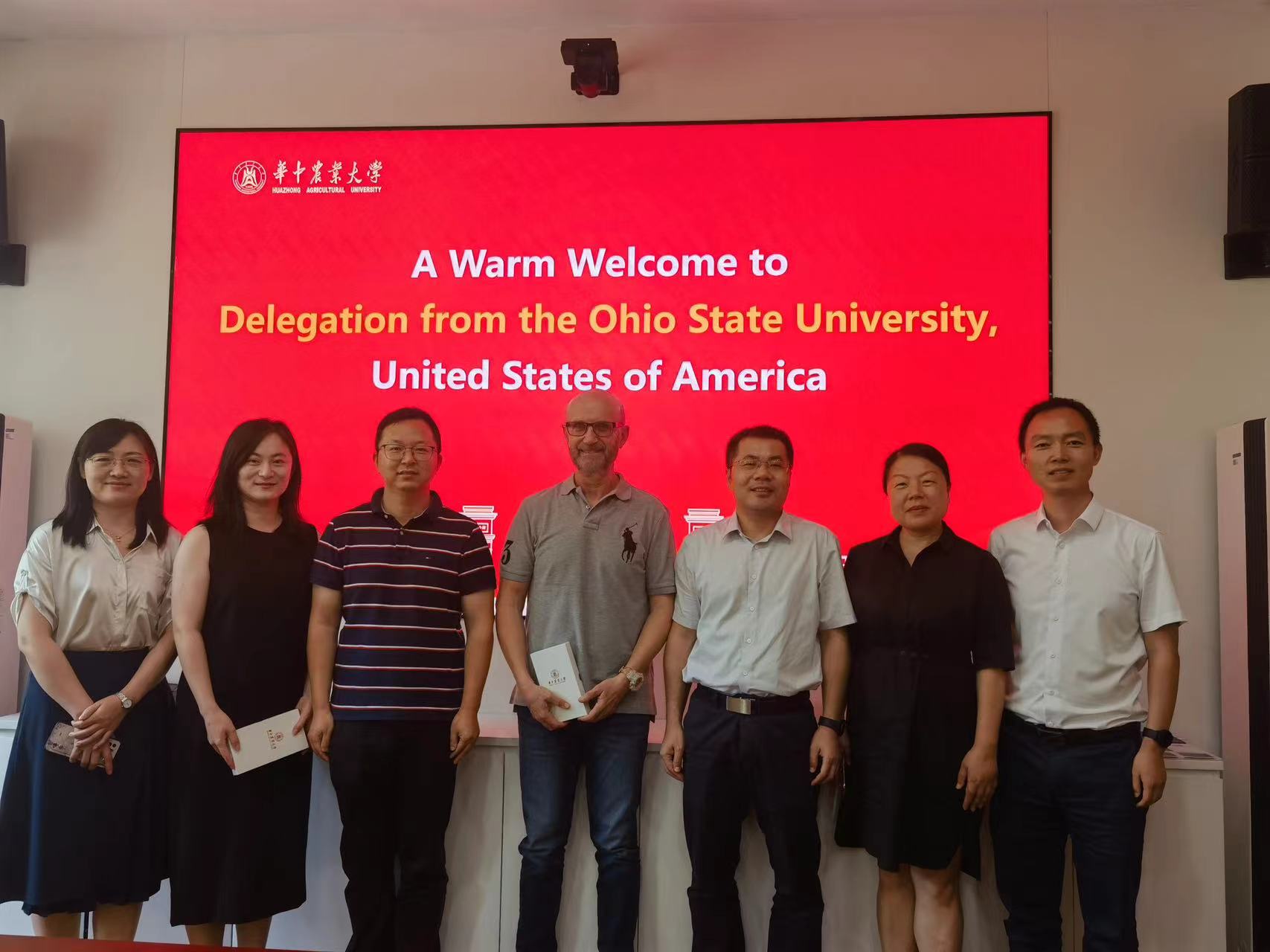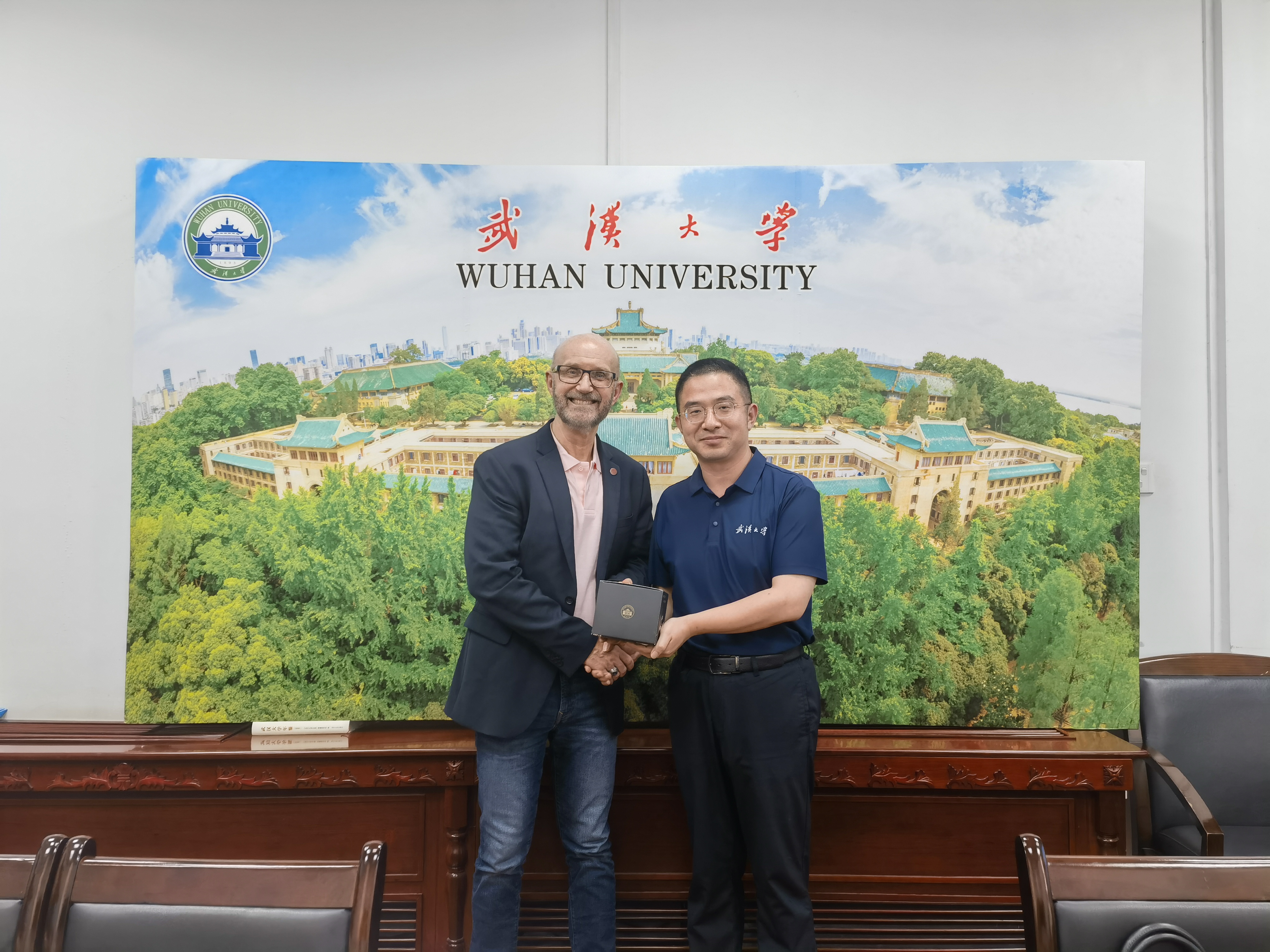For more than 40 years, Ohio State has been actively collaborating with universities in China. One such partnership with Wuhan University has been vibrant and ongoing since 1981. Over the years, collaborations between Chinese researchers and faculty and Ohio State affiliates has extended across various fields including medical science, water conservancy, student affairs management and services.
When COVID-19 was raging in Wuhan, the presidents of Wuhan University and Ohio State exchanged experiences in epidemic management and school administration via video conferences. During that difficult time, Ohio State Professor Xia Yun even initiated a donation drive in collaboration with the president of Wuhan University's alumni association to support recovery efforts in Wuhan.
In July 2024, this partnership was strengthened yet again when Roger A. Williams, academic director of the Ohio State China Gateway and associate professor in the School of Environment and Natural Resources, paid his counterparts in Wuhan a visit. Along with representatives from Wuhan University and staff members from the China Gateway, the group took part in talks, tours and brainstorming.
“Our goal is to increase the communication at a person-to-person level between China and the United States, so collaboration with Wuhan University has played a big role in that as far as Ohio State is concerned,” said Galal Walker, professor of East Asian languages and literatures at Ohio State.
The senior administrations of the two universities have attached great importance to friendly exchanges and cooperation. The active interaction between both sides has thus enabled faculty members and students to form close relationships and gain insights that can further future work together on today's most pressing issues.
After visiting Wuhan University, Williams and his team were invited to Huazhong Agricultural University to promote inter-school cooperation and were met by professors from that institution. The attendees expressed hope for expanded bilateral cooperation and increased mutual exchanges in the future. During the meetings, attendees also discussed topics such as faculty and student exchange, summer schools and directions for future scientific research cooperation.


